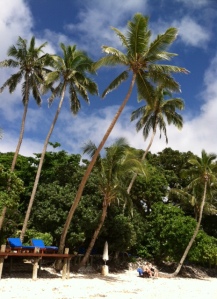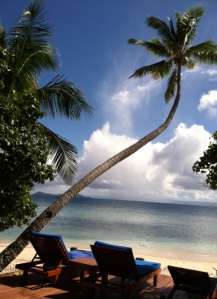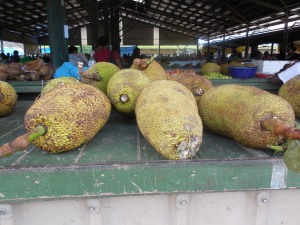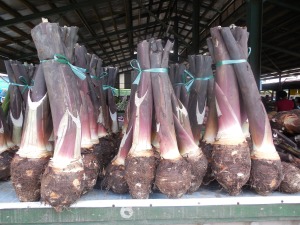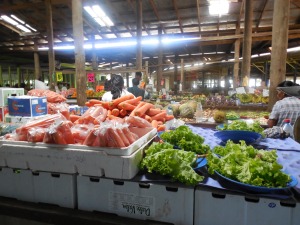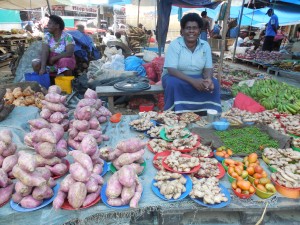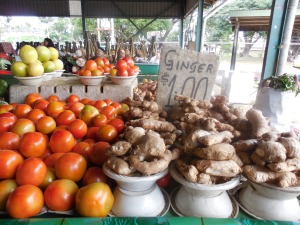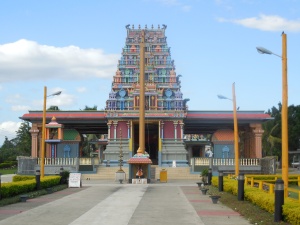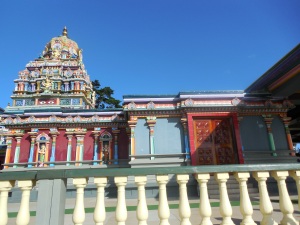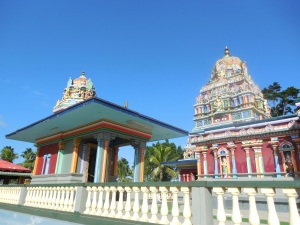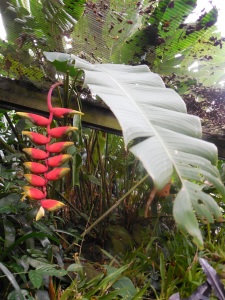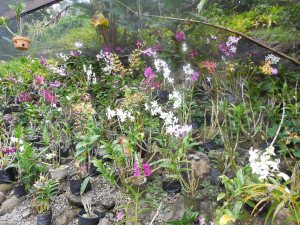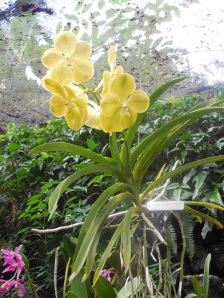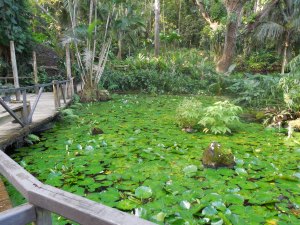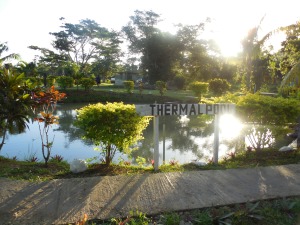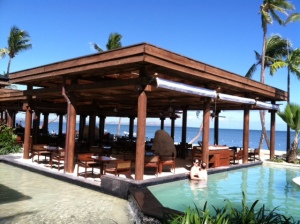Going to a spa is one thing, but have you ever been inside a banya or booked a platza? You can find out what they are at Russian & Turkish Baths, a traditional bathhouse in New York City’s East Village since 1892.
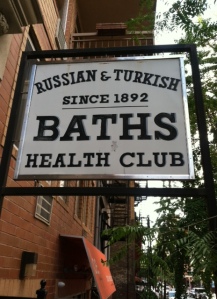 On East 10th Street and near 1st Avenue, this institution is an old-school health club. Both men and women get basic services such as massages and scrubs or sit in steam rooms or saunas to relax or rejuvenate. If you’re used to upscale venues, here’s an important thing to keep in mind before your visit. There are no frills. It is very simple in appearance and formalities.
On East 10th Street and near 1st Avenue, this institution is an old-school health club. Both men and women get basic services such as massages and scrubs or sit in steam rooms or saunas to relax or rejuvenate. If you’re used to upscale venues, here’s an important thing to keep in mind before your visit. There are no frills. It is very simple in appearance and formalities.
Upon entering, the staff at the front desk gives you a locker key (they take your wallet and keys for safe keeping inside a safety deposit box at the desk). You can grab a robe (a plain black one that is short in length) and black shorts to slip on and a pair of sandals. Pick up your towel or two before you walk into either the men or women’s locker room to get ready.
 I decided to come to the bathhouse after seeing a daily deals promotion that included admission (a separate fee) plus the cost of a service. During my recent visit, I got a massage that ended up being a shiatsu, and headed to the upper level of the building where the massage rooms are. After the massage, my masseuse pitched some additional treatments such as scrubs I could purchase and have while I was still there. I found I had to be a bit firm but still polite on my decline. Also, keep in mind, there is a tip scale requirement. When I was ready, he took me around the building to show me where other services were.
I decided to come to the bathhouse after seeing a daily deals promotion that included admission (a separate fee) plus the cost of a service. During my recent visit, I got a massage that ended up being a shiatsu, and headed to the upper level of the building where the massage rooms are. After the massage, my masseuse pitched some additional treatments such as scrubs I could purchase and have while I was still there. I found I had to be a bit firm but still polite on my decline. Also, keep in mind, there is a tip scale requirement. When I was ready, he took me around the building to show me where other services were.
Also upstairs, there is a sun deck which is an outdoor patio with lounge chairs for relaxing and hanging out. The lower level of the building houses two different saunas, a steam room, a pretty cold dipping pool and showers. A section called the Russian Room gets its heat from hot stones but has a shower head for cooling down quickly (I jumped at that one). This room is also where a treatment called platza happens. You’re scrubbed hard with a broom made of fresh oak leaves, which have a natural astringent, and dripping with olive oil soap. It’s said to be a major skin cleanser.
The lower level can also get quite communal, as you sit alongside both genders and various ages. Just relax and get comfortable. It also makes for some good people watching. Being a newbie, a few guys were kind to point me in the right direction to restrooms and showers and suggested how and when I should cool off. I also chatted with a couple that came here often and other women who were new to the place like me.
The Russian & Turkish Baths are co-ed most of the day on Mondays, Tuesdays, Fridays and Saturdays. There are times for women only are on Wednesday mornings through early afternoon and then men only times most of Thursday afternoon and then again Sunday morning until early afternoon. Also note: the place is owned and operated by two different men who have separate schedules. You can only use admission passes you buy during the shift of the manager you bought it from. Don’t forget to bring a bathing suit and a bottle of water with you. Check the website for more information and a full schedule beforehand.












































